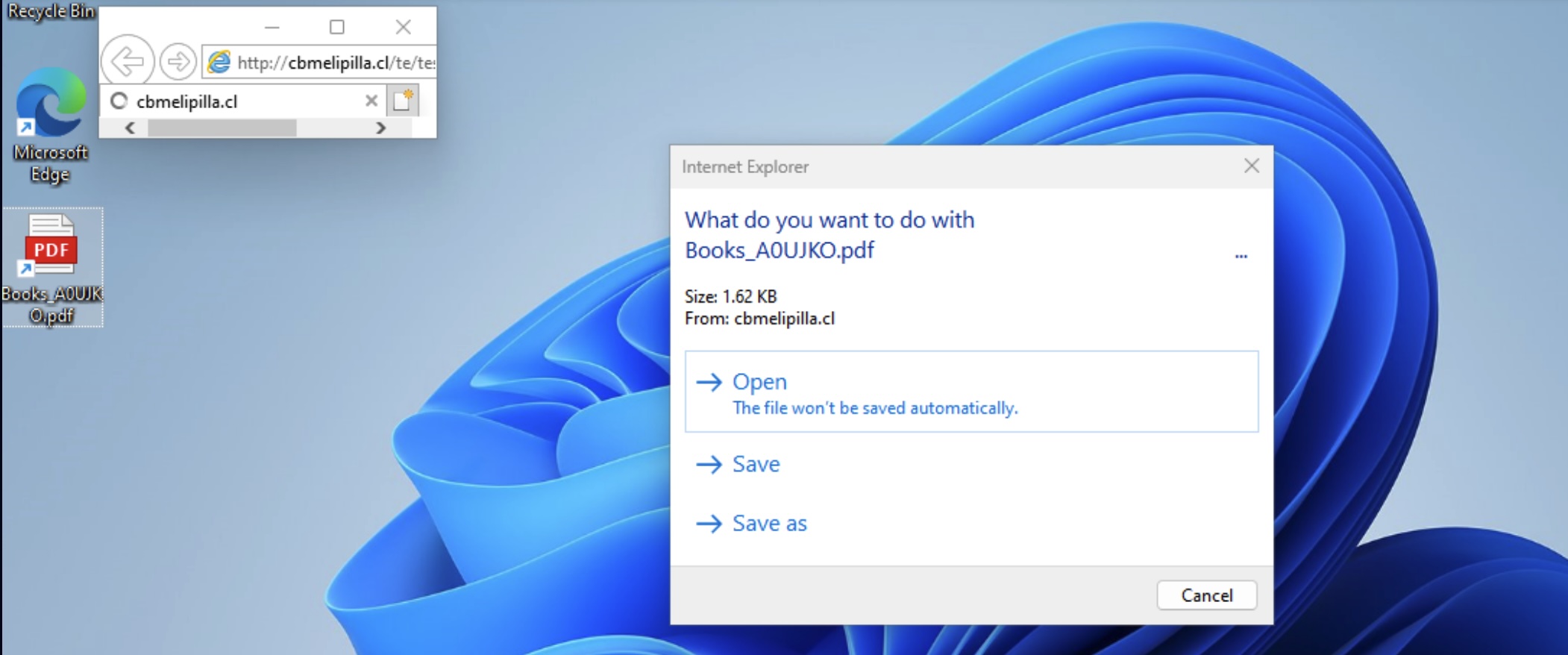Threat actors carried out zero-day attacks that targeted Windows users with malware for more than a year before Microsoft fixed the vulnerability that made them possible, researchers said Tuesday.
The vulnerability, present in both Windows 10 and 11, causes devices to open Internet Explorer, a legacy browser that Microsoft decommissioned in 2022 after its aging code base made it increasingly susceptible to exploits. Following the move, Windows made it difficult, if not impossible, for normal actions to open the browser, which was first introduced in the mid-1990s.
Tricks old and new
Malicious code that exploits the vulnerability dates back to at least January 2023 and was circulating as recently as May this year, according to the researchers who discovered the vulnerability and reported it to Microsoft. The company fixed the vulnerability, tracked as CVE-2024-CVE-38112, on Tuesday as part of its monthly patch release program. The vulnerability, which resided in the MSHTML engine of Windows, carried a severity rating of 7.0 out of 10.
The researchers from security firm Check Point said the attack code executed “novel (or previously unknown) tricks to lure Windows users for remote code execution.” A link that appeared to open a PDF file appended a .url extension to the end of the file, for instance, Books_A0UJKO.pdf.url, found in one of the malicious code samples.
When viewed in Windows, the file showed an icon indicating the file was a PDF rather than a .url file. Such files are designed to open an application specified in a link.
A link in the file made a call to msedge.exe, a file that runs Edge. The link, however, incorporated two attributes—mhtml: and !x-usc:—an “old trick” threat actors have been using for years to cause Windows to open applications such as MS Word. It also included a link to a malicious website. When clicked, the .url file disguised as a PDF opened the site, not in Edge, but in Internet Explorer.





 Loading comments...
Loading comments...
